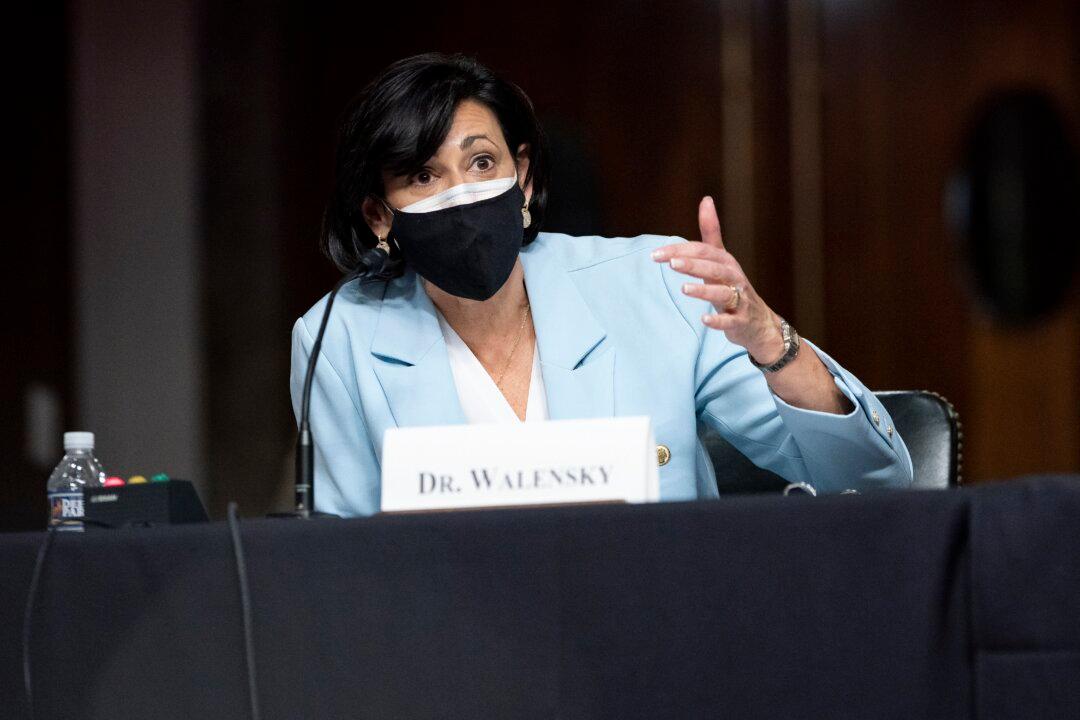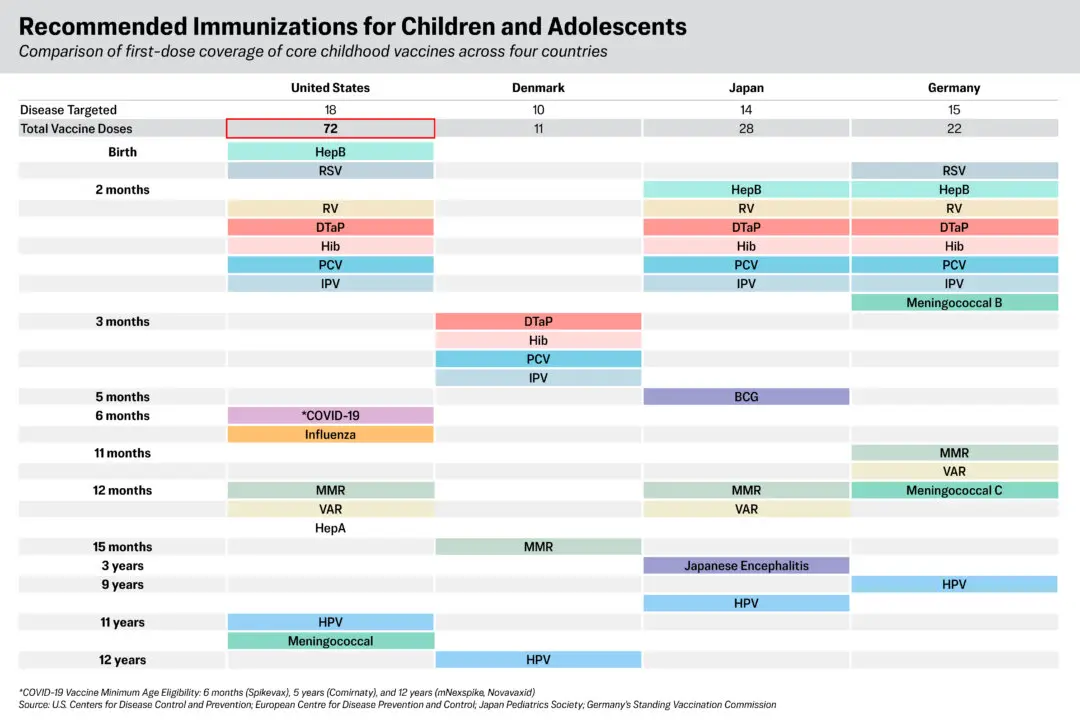The Centers for Disease Control and Prevention (CDC) is resisting changing its guidance on masking and other measures meant to mitigate the risk of COVID-19 despite cases, hospitalizations, and deaths dropping across the United States in recent weeks.
The key factor is the agency’s system for ranking community transmission of the virus that causes COVID-19, which ranks counties as having “substantial” or “high” transmission if there are 50 or more new cases per 100,000 people over a period of 7 days.





